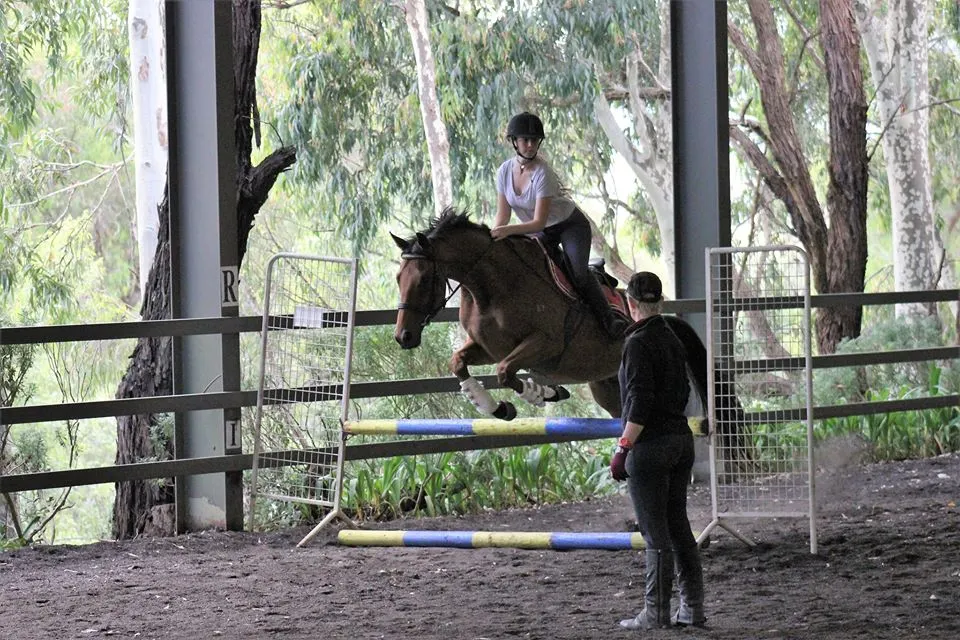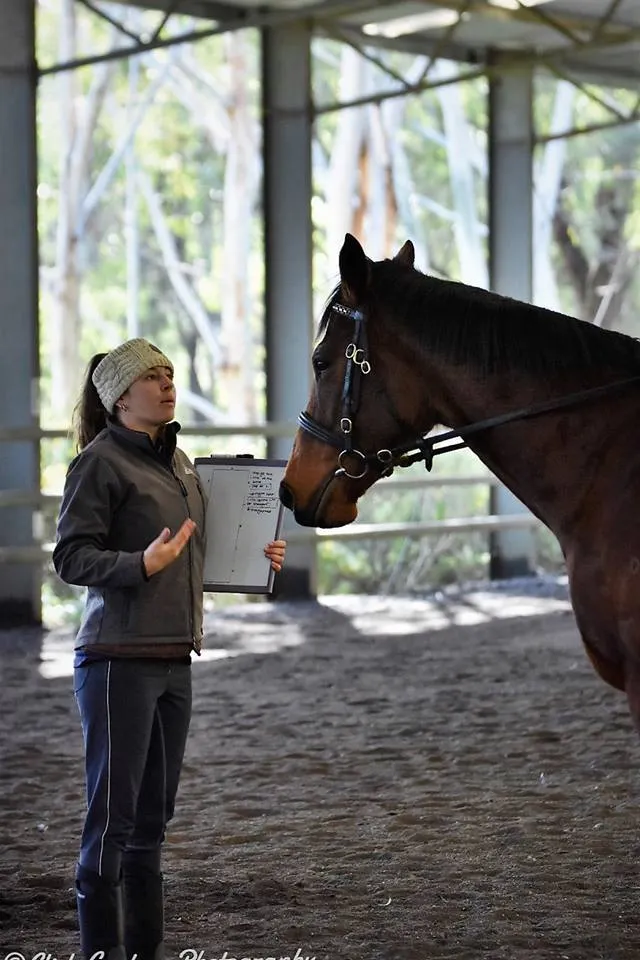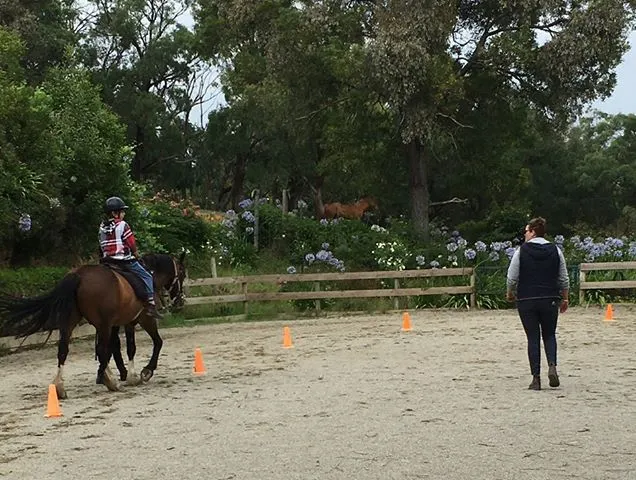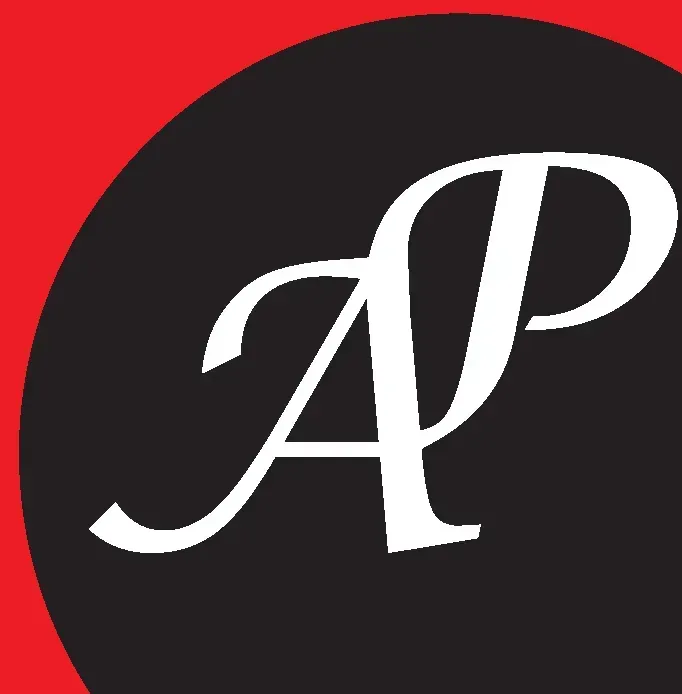Why Choose an Equestrian Australia Qualified Coach? Understanding the Value, Safety, and Skill Behind the Qualification
When it comes to learning to ride or improving your horsemanship, the quality of your coach matters. In Australia, one of the most trusted indicators of a competent and reliable equestrian professional is whether they are an “Equestrian Australia (EA) qualified coach”. But what does that actually mean — and why should you care?
In this blog, we’ll explore the benefits of using an EA-accredited coach, including the education and riding levels required, safety and insurance obligations and the ongoing professional development that ensures they remain up to date and accountable.
What is an Equestrian Australia Qualified Coach?
Equestrian Australia is the national governing body for equestrian sport in Australia. Coaches who gain EA qualifications have undergone extensive study, practical assessment and adhere to strict standards set out by the organisation. These standards ensure that coaches are not only skilled riders but also competent educators, grounded in horsemanship and focused on “safety, welfare and progression”.
Whether you're new to riding, returning after a break or pursuing competitive goals, choosing a “qualified EA coach” ensures you're receiving guidance from someone held to the highest professional standards.

The Education and Study Behind the Qualification
Becoming an EA coach is no small feat. Every level of coaching certification — from Introductory to Level 3 — requires the completion of a structured syllabus combining:
**Riding and horsemanship assessments
**Theory modules, including horse welfare, coaching techniques and risk management
**Practical coaching assessments
**Mentoring and supervision from experienced coaches
Coaches must demonstrate competence across a wide range of skills—
not just in the saddle, but also in “teaching, horse management, first aid” and “ethics”.
This means you're not just hiring someone who can ride well, but someone trained in “how to communicate, how to manage risk” and “how to develop both horse and rider safely and effectively”.
EA Coaching Levels and Riding Requirements
There are several levels within the EA Coaching Framework, each with increasingly advanced riding and coaching criteria. Here's a breakdown:
**Introductory Coach**
* Focuses on coaching beginners and novice riders
* Demonstrates safe riding practices on the flat and over poles
* Covers fundamental horsemanship, handling, feeding and safety
**Level 1 Coach (General, Dressage, or Jumping)**
* Must demonstrate competent riding at “Preliminary to Novice/Elementary level dressage, and/or 95cm jumping
* Teaches riders through to competition preparation
* Deeper knowledge of horse training, tack fitting and schooling exercises
**Level 2 Coach (Discipline-specific)**
* Works with competition riders and more advanced horses
* Riding standard includes “Medium to Advanced dressage” or jumping at 1.05m+
* Must have a thorough understanding of “horse psychology, training systems, biomechanics” and “individualised coaching”
**Level 3 Coach**
* Elite level, typically reserved for coaches working with “FEI riders and horses”
* Demonstrates high-level coaching expertise, athlete management and strategic planning

Horsemanship Knowledge: More Than Just Riding
An EA-qualified coach isn’t just a rider — they are a “well rounded horseperson”.
To become accredited, coaches must show thorough knowledge in areas such as:
**Feeding and nutrition
**Conditioning and fitness programs
**Saddlery and equipment fitting
**Injury prevention and rehabilitation
**Horse behaviour and learning theory
**Stable management and paddock care
This holistic understanding ensures that riders are learning correct and ethical horsemanship—not just being taught to "ride the horse" but also how to “care for, respect and understand” them.
Safety Comes First
Safety is a non-negotiable part of the EA coaching system. Every EA coach must undergo:
“{Level 2 First Aid certification” (updated every 3 years)
“Concussion awareness training” (updated yearly)
“Risk management modules” in their coursework
“Insurance compliance” through EA or an approved provider
“Working With Children Check (WWCC)” in their state or territory
When you work with an EA coach, you're working with someone who has not only “planned for the best” but has also “prepared for the worst”. You can be confident that sessions will be run with clear safety procedures, well-maintained equipment and appropriate horse-rider combinations.
Insurance: Peace of Mind for Everyone
One of the major advantages of using an EA-accredited coach is insurance coverage. EA-registered coaches are eligible for:
**Public Liability Insurance
**Professional Indemnity Insurance
This protects “you”, “your horse”, and “the coach” in the event of an accident or incident during a lesson. Many venues and agistment properties require proof of this insurance before lessons can be held on-site.
Working with a non-accredited coach who doesn’t carry appropriate insurance could leave you financially and legally vulnerable in the event something goes wrong.
Ongoing Education and Annual Updates
EA coaches don’t just earn their certificate once and walk away — they’re required to “remain active”, “stay current” and “continue learning.
Each year, accredited coaches must complete:
✅ Continuing professional development (CPD)
✅ Community Coaching Skills Updates
✅ Annual Concussion Knowledge Update
✅ WWCC re-verification
✅ Current First Aid Certification
✅ EA Code of Conduct Compliance
This annual renewal process ensures that your coach is not relying on outdated methods or assumptions. Instead, they’re in line with “current best practices, evidence-based methods, and welfare-first principles.”

Community Coaching and Personal Development
One aspect that sets EA coaches apart is the emphasis on “communication and teaching technique”.
Coaches must demonstrate:
* Effective lesson planning
* Adaptable teaching strategies
* Clear communication skills for riders of all ages
* The ability to work with diverse learning styles and confidence levels
They are trained to not just tell you what to do—but “help you understand why”. Whether you're an ambitious teen, a nervous adult rider or a parent watching from the sidelines, an EA coach can break things down into manageable steps and give you a roadmap for growth.
Supporting the Broader Equestrian Community
By working with an EA-qualified coach, you're also supporting the wider Australian equestrian industry.
EA coaches:
* Mentor junior coaches
* Volunteer at events
* Assist with Riding for the Disabled programs
* Uphold ethical standards of horse welfare
* Participate in community development and education
They are a vital part of Australia’s equestrian ecosystem, helping shape the “next generation of riders”, “trainers” and equine advocates”.
Friendly Summary of Benefits
To summarise, here’s why working with an “Equestrian Australia accredited coach” is the smartest choice for Australian riders:
✅ They are “certified professionals” with verified skills and knowledge
✅ They undergo “ongoing training” and yearly updates
✅ They prioritise “safety, horse welfare and ethics”
✅ They carry “insurance” to protect both rider and horse
✅ They are trained in “teaching”, not just riding
✅ They are “accountable” through EA’s regulatory framework
✅ They support the broader “equestrian community”
✅ They work in alignment with “Australian horse industry standards”
Final Thoughts: Why It Matters
Your relationship with your coach can shape your riding journey. Whether you're aiming for competition, confidence or simply enjoying the ride, choosing an “EA-accredited coach” ensures you’re in safe, capable and knowledgeable hands.
Next time you're booking a lesson, ask:
“Are they EA accredited?”
It might just be the most important question you ask.
Need help finding an EA coach?
Visit [www.equestrian.org.au/coaching](https://www.equestrian.org.au/coaching) to search for registered and insured coaches in your area.

